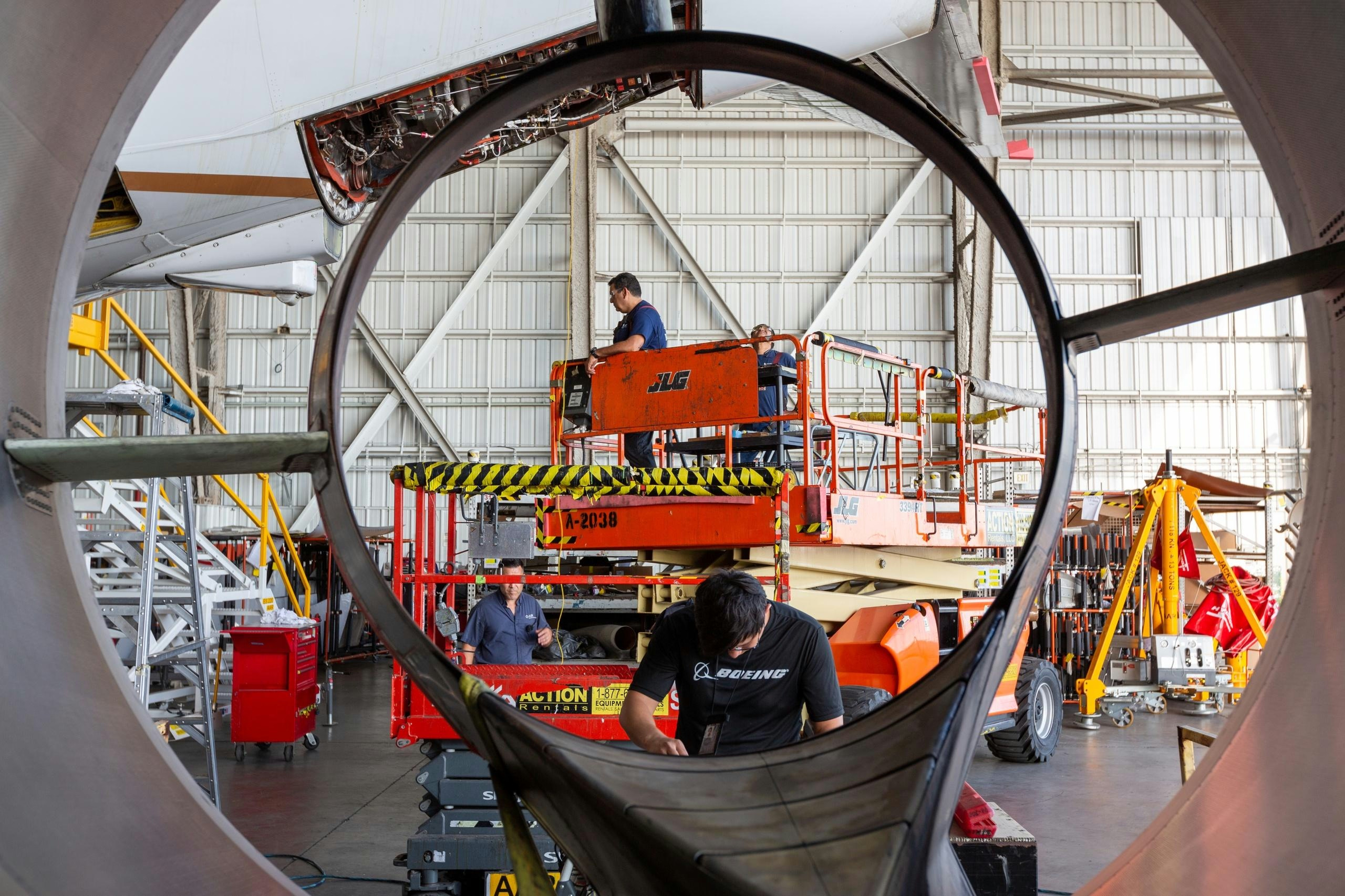
AeroGenie: il tuo copilota intelligente.
Tendenze
Categories
United Airlines Pilot Injured After Windscreen Struck by Weather Balloon
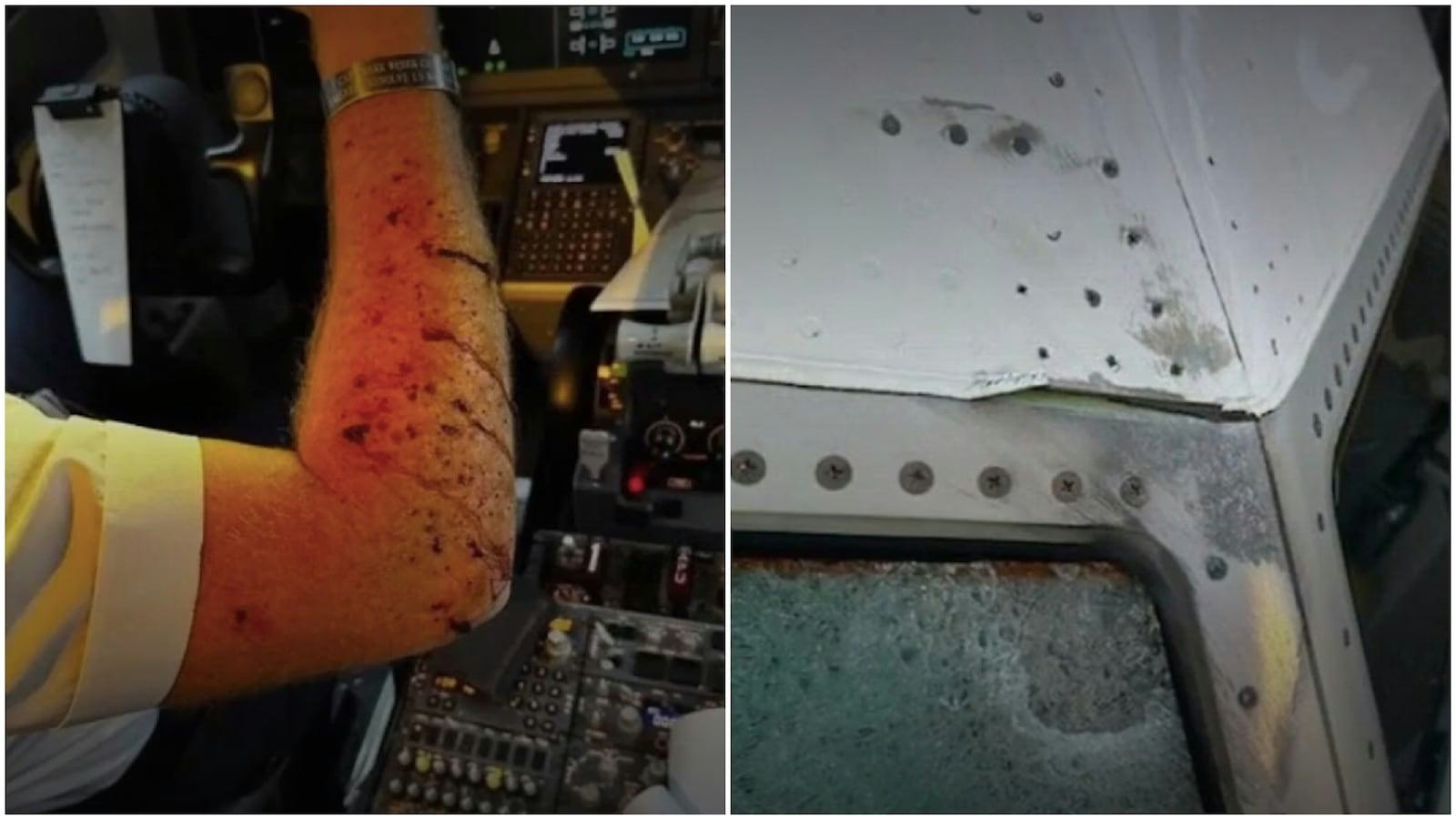
United Airlines Pilot Injured After Windscreen Struck by Weather Balloon
Emergency Landing Following Mid-Flight Incident
On October 16, 2025, United Airlines Flight UA1093, a Boeing 737 MAX 8 en route from Denver to Los Angeles, was compelled to make an emergency landing after its cockpit windshield was struck and cracked at an altitude of 36,000 feet. The impact injured one of the pilots, prompting the crew to divert the flight to Salt Lake City International Airport, where the aircraft landed safely without further incident.
The aircraft’s multi-layered windshield design played a critical role in preventing a catastrophic loss of cabin pressure, enabling the flight crew to maintain control and ensure the safety of all passengers on board. Following the event, the National Transportation Safety Board (NTSB) initiated a comprehensive investigation, analyzing the damaged windscreen in a laboratory setting and reviewing radar, weather, and flight recorder data to determine the cause of the collision.
Investigation and Identification of the Object
Initial theories regarding the source of the damage ranged from space debris to high-altitude bird strikes. However, experts quickly noted that the altitude at which the incident occurred, combined with the nature of the damage—characterized by scorching and sheared rivets on the upper right section of the windshield—made a bird strike improbable. These observations fueled further speculation about the object responsible.
By October 20, WindBorne Systems, a Palo Alto-based weather technology startup, acknowledged that one of its weather balloons may have caused the damage. Founded in 2019 by Stanford graduates, WindBorne has conducted over 4,000 balloon launches and routinely informs the Federal Aviation Administration (FAA) of its operations. The company stated that it is cooperating closely with the FAA and has implemented immediate operational changes to reduce the time its balloons spend between 30,000 and 40,000 feet. WindBorne’s CEO confirmed that the company began its own investigation promptly upon learning of the incident and has shared preliminary findings with both the NTSB and FAA.
Implications for Aviation Safety and Industry Response
WindBorne’s weather balloons, which utilize sand as ballast, are part of the company’s broader mission to enhance weather prediction capabilities and mitigate the effects of extreme weather and climate uncertainty. The startup has secured €25 million in funding, most recently in 2024, underscoring its growing role in atmospheric research.
The incident poses immediate challenges for United Airlines, including the need for urgent aircraft repairs and potential reputational repercussions. It has also drawn attention to aviation safety protocols, potentially prompting increased scrutiny from regulators and insurers. Competitors within the airline industry may respond by highlighting their own safety records or offering support to United Airlines during this period.
As the NTSB investigation continues, both United Airlines and WindBorne Systems have pledged full cooperation with authorities. The findings may have significant implications for future regulations governing high-altitude weather balloon operations and airline safety standards.
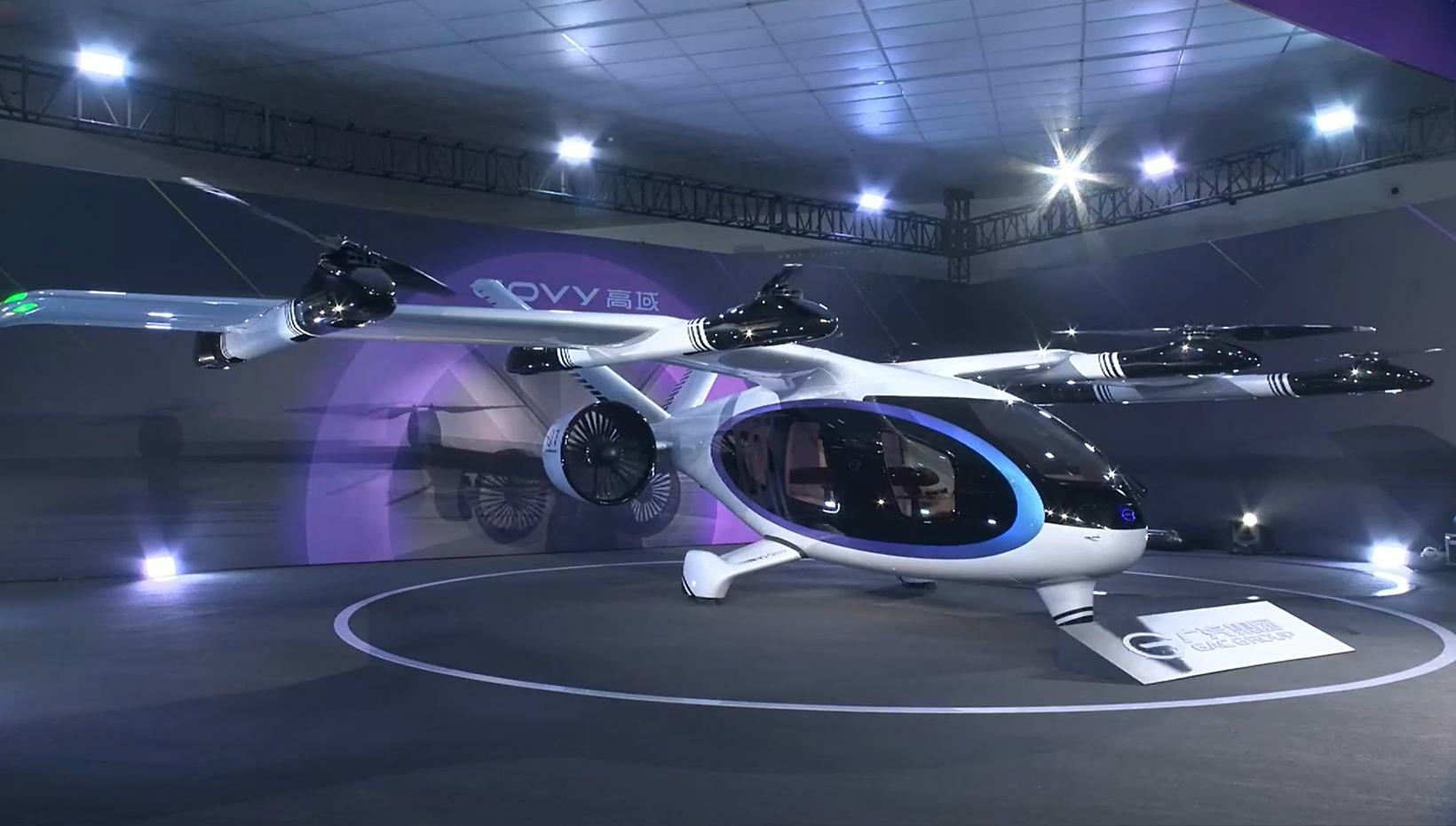
China Unveils E20 Hybrid Electric Air Taxi with Rapid Charging

Five Jet Aircraft That Changed Aviation
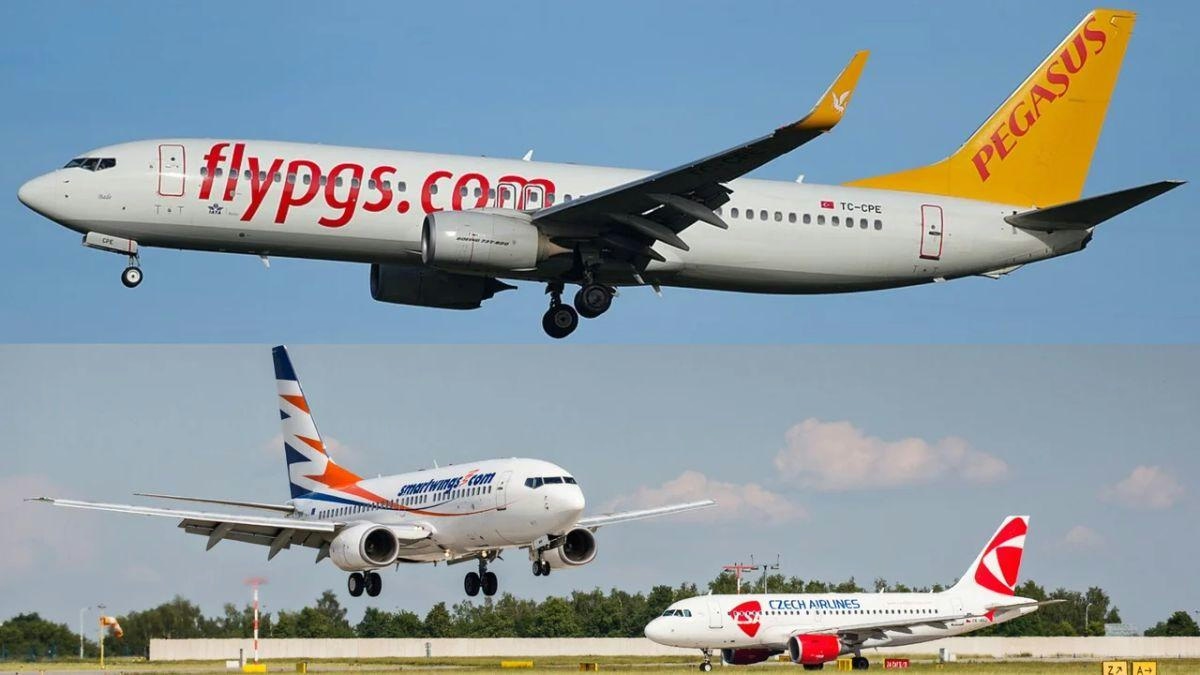
Pegasus Airlines Acquires Czech Airlines and Smartwings

Boeing Deliveries Drop 17% in November, Lagging Behind Airbus
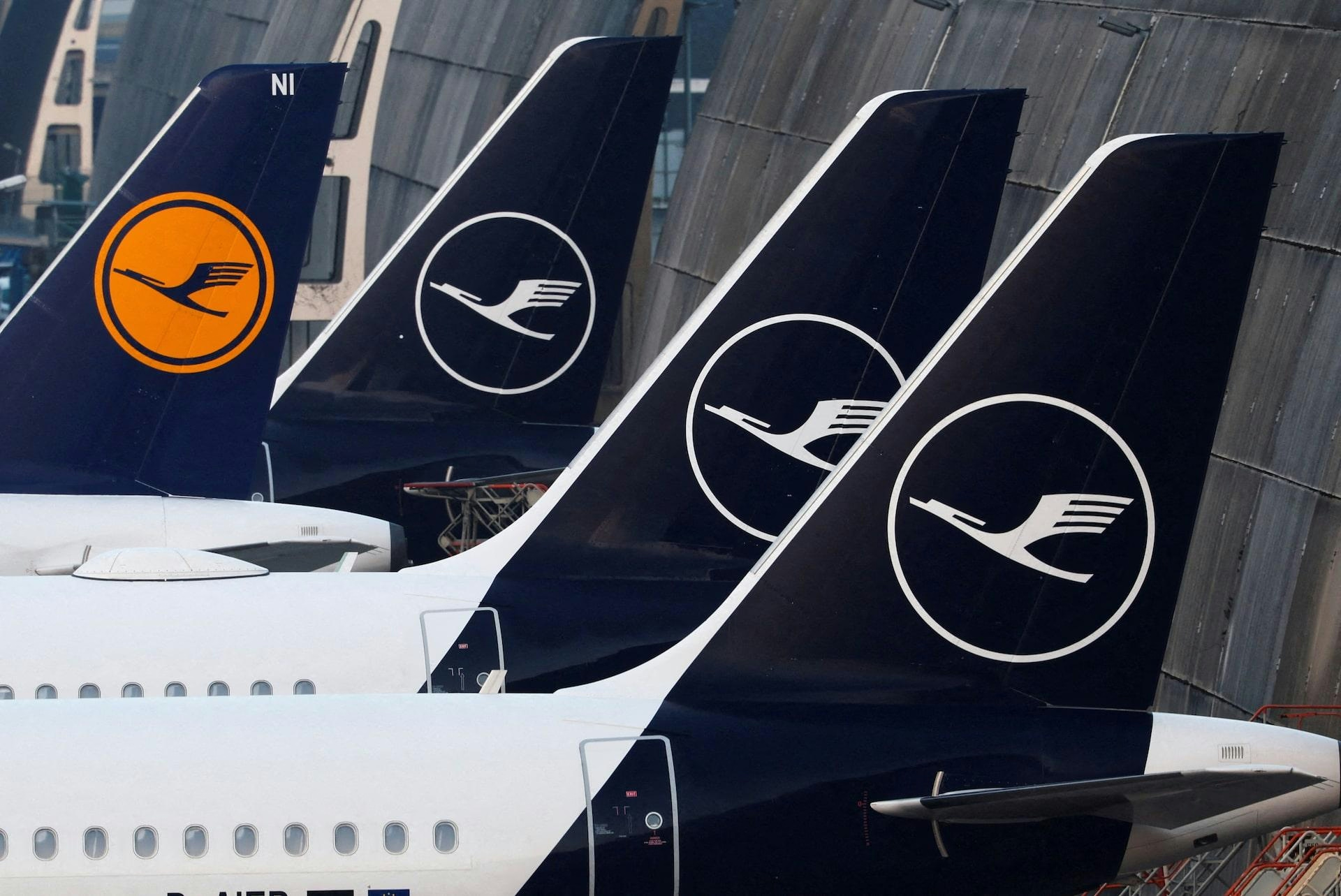
Global Airlines Project $41 Billion Net Profit in 2024
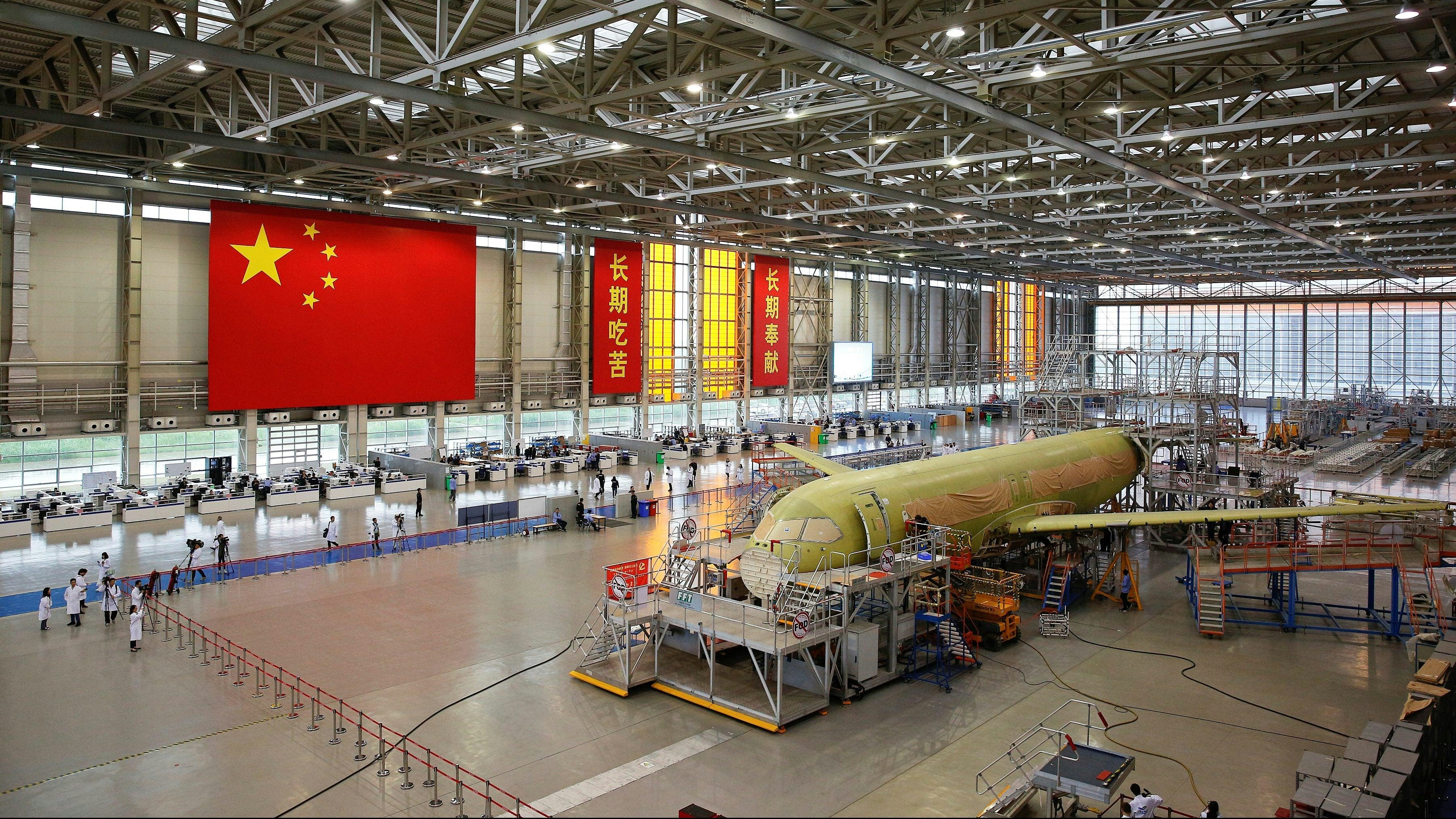
Airbus Approved to Deliver Jets in China, Awaits New Orders
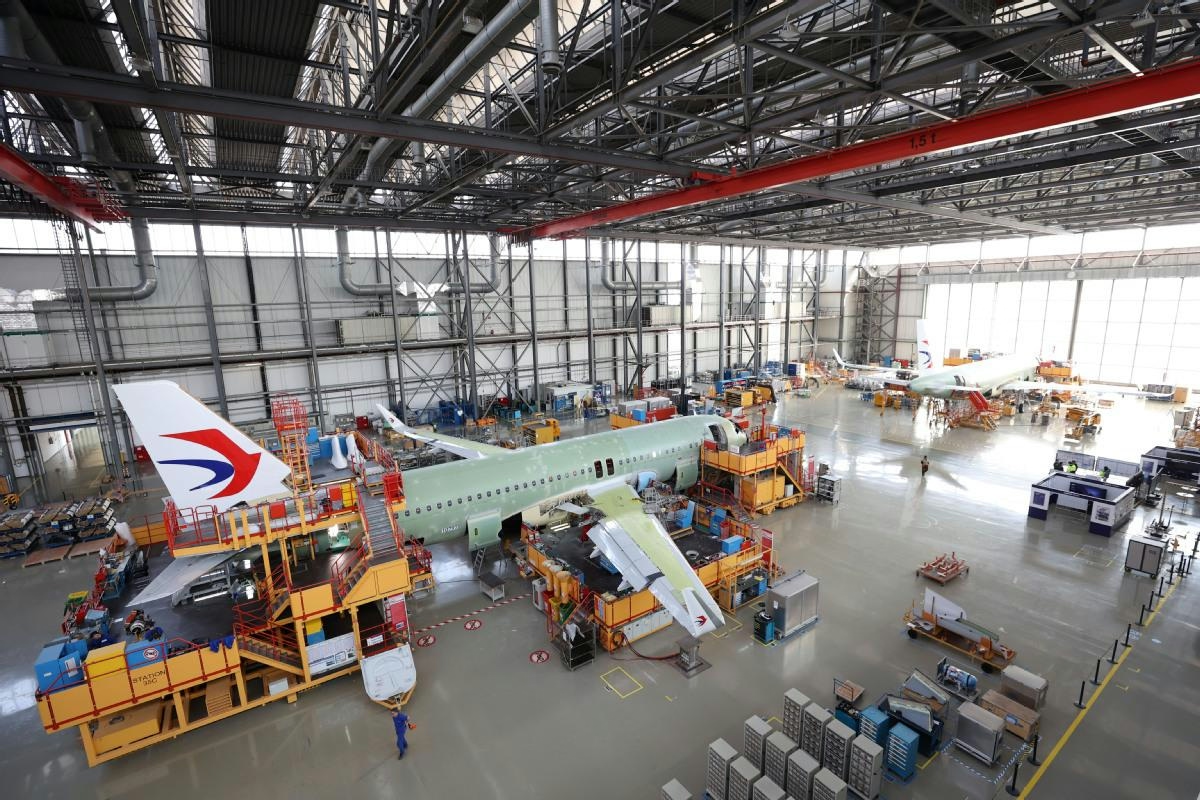
Tianjin Receives Largest Single Shipment of Airbus Components

New Partnership Launches Leasing Program for Flight Schools
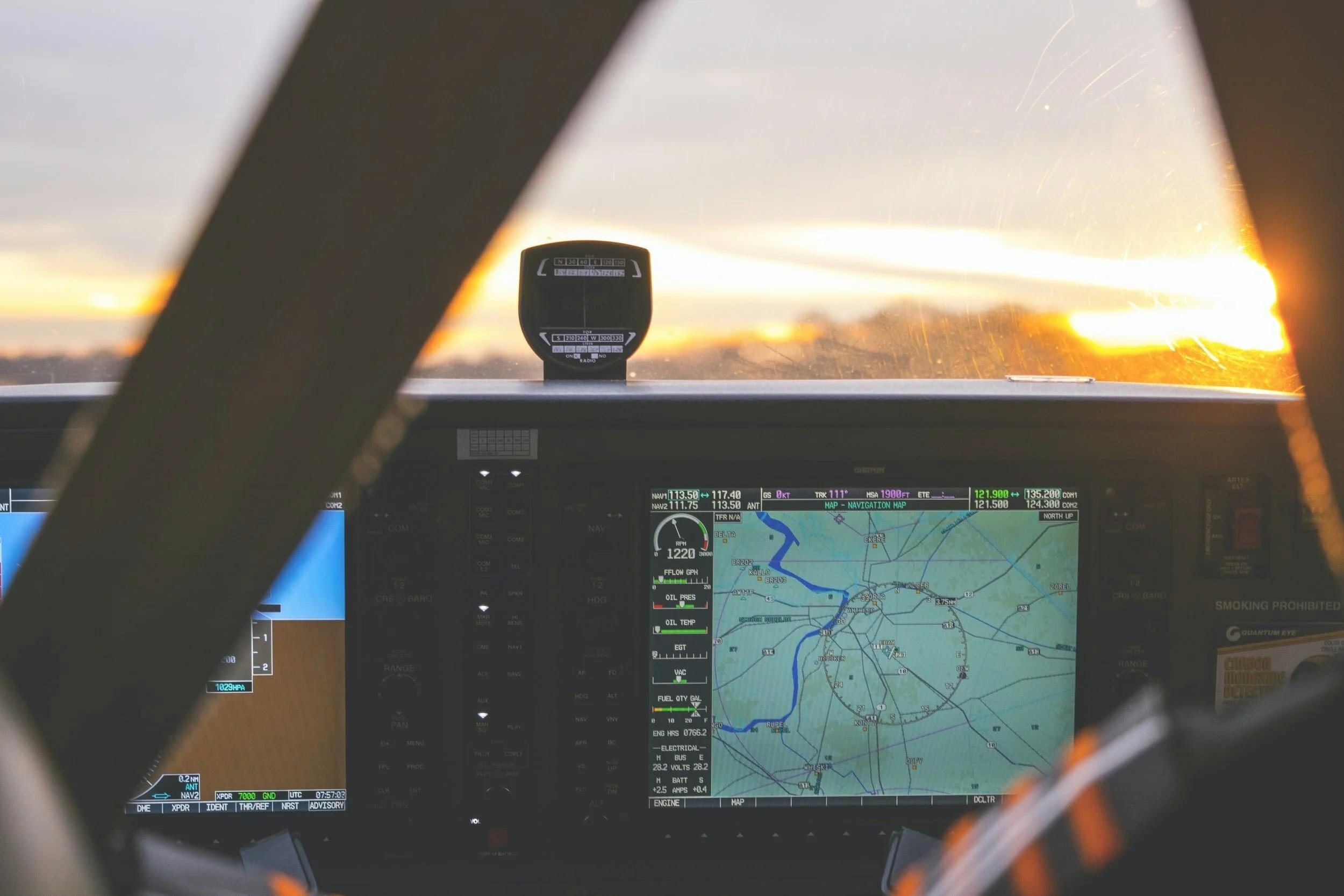
4AIR Launches Flight Management Software to Streamline Sustainability and Regulatory Reporting
